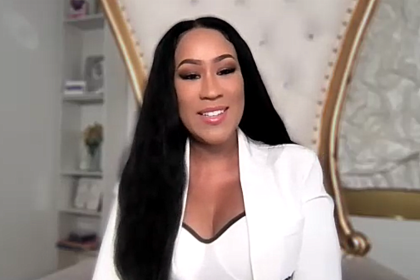
If the auto industry’s plea for government bailout funds is any indication of recent sales figures, consumers aren’t buying new cars right now. This is because, throughout the country, pockets are thinning as unemployment lines and monthly expenses continue to grow. However, the current quandary doesn’t mean that people aren’t buying cars. They’re just not buying new cars.
Before you decided to purchase a previously owned vehicle, make sure to follow these important steps. –gavin philip godfrey
Know Your Budget: Before you step foot on a lot to choose a car, it’s important to know how much money you can afford to spend. Consider your income and monthly expenses. According to UsedCars.com, your car finance payment should not exceed 15 percent of your monthly income.
Know Your Car: Do your research. The best way to choose a car is by selecting the vehicle that best suits your lifestyle. For example, a used Mercedes-Benz might sound nice, but if you’re a parent hauling kids to school or a recent graduate looking for a job, a luxury vehicle that comes with a hefty price tag for maintenance and repairs might not be the best option.
Double-Check Your Coverage: Once you’ve come up with a budget and selected a car, call your insurance company for coverage estimates. Certain interior and exterior features warrant discounts from different companies, so it’s important to keep your insurance provider in the loop and be prepared to make a change.
Mileage, Mileage and More Mileage: The typical mileage one should seek in shopping for a used car is 50,000 miles or less. Now, this number may differ based on the vehicle — a Honda Accord with 75,000 miles on it might have more kick left in it than a Geo with 50,000 miles on the odometer. While the price tag might be lower on cars with higher mileage, you’ll do yourself a huge disservice by purchasing an automobile that might need major repairs months down the line.










